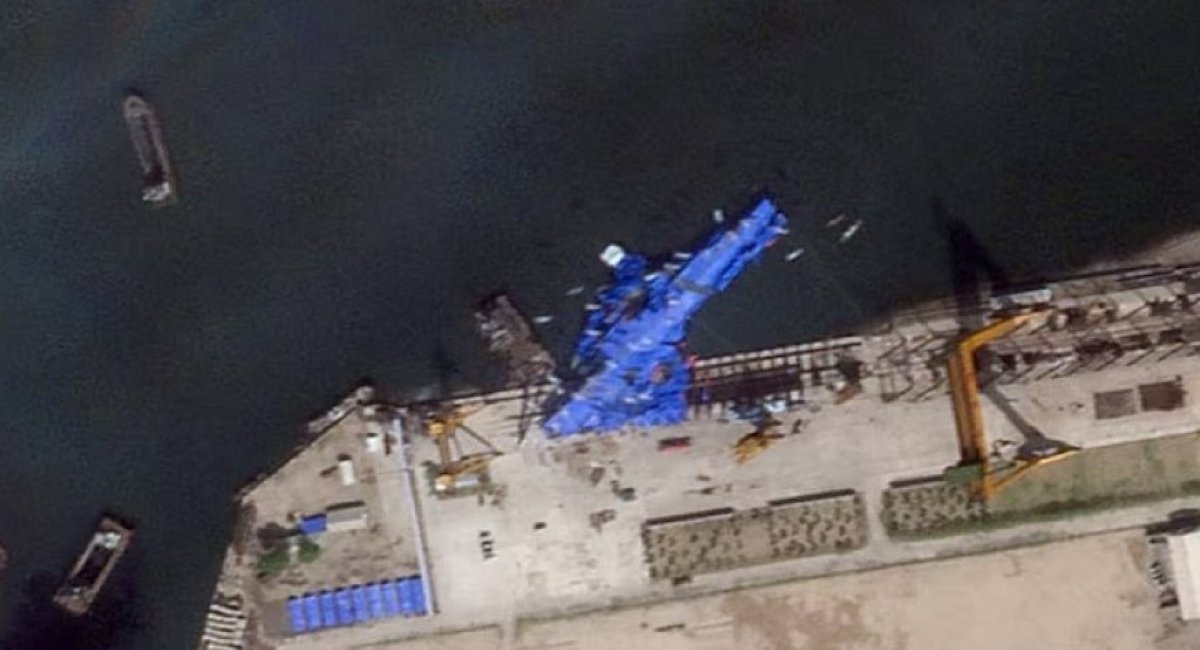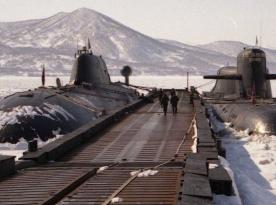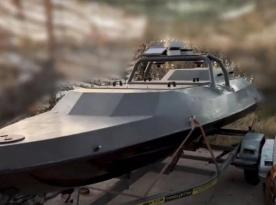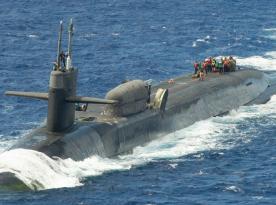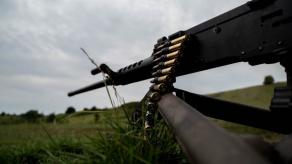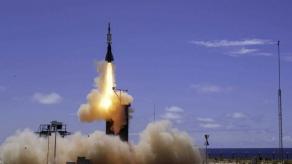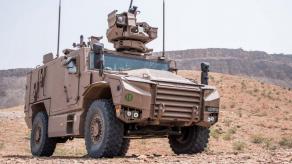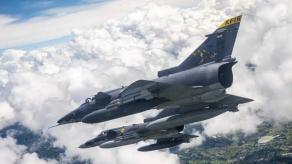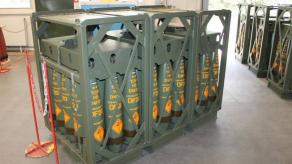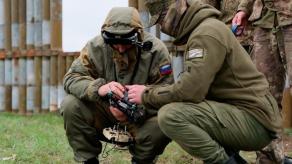For North Korea, the successful launch, completion, and commissioning of the new Choe Hyon-class missile destroyer was meant to be a triumph — a symbolic leap toward becoming a naval power ranked fourth in the region, even surpassing russia in the number of large warships possessed.
But on May 22, 2025, during its launch into the water, the 5,000-ton vessel rolled over and capsized before the very eyes of dictator Kim Jong Un. Despite promises from North Korean shipbuilders to fix the issue within just 10 days, it might be not so easy — Hartpunkt explains why.
Read more: Choe Hyon–Class Missile Destroyer Crashes During Launch, North Korean Regime Surprisingly Admits Accident
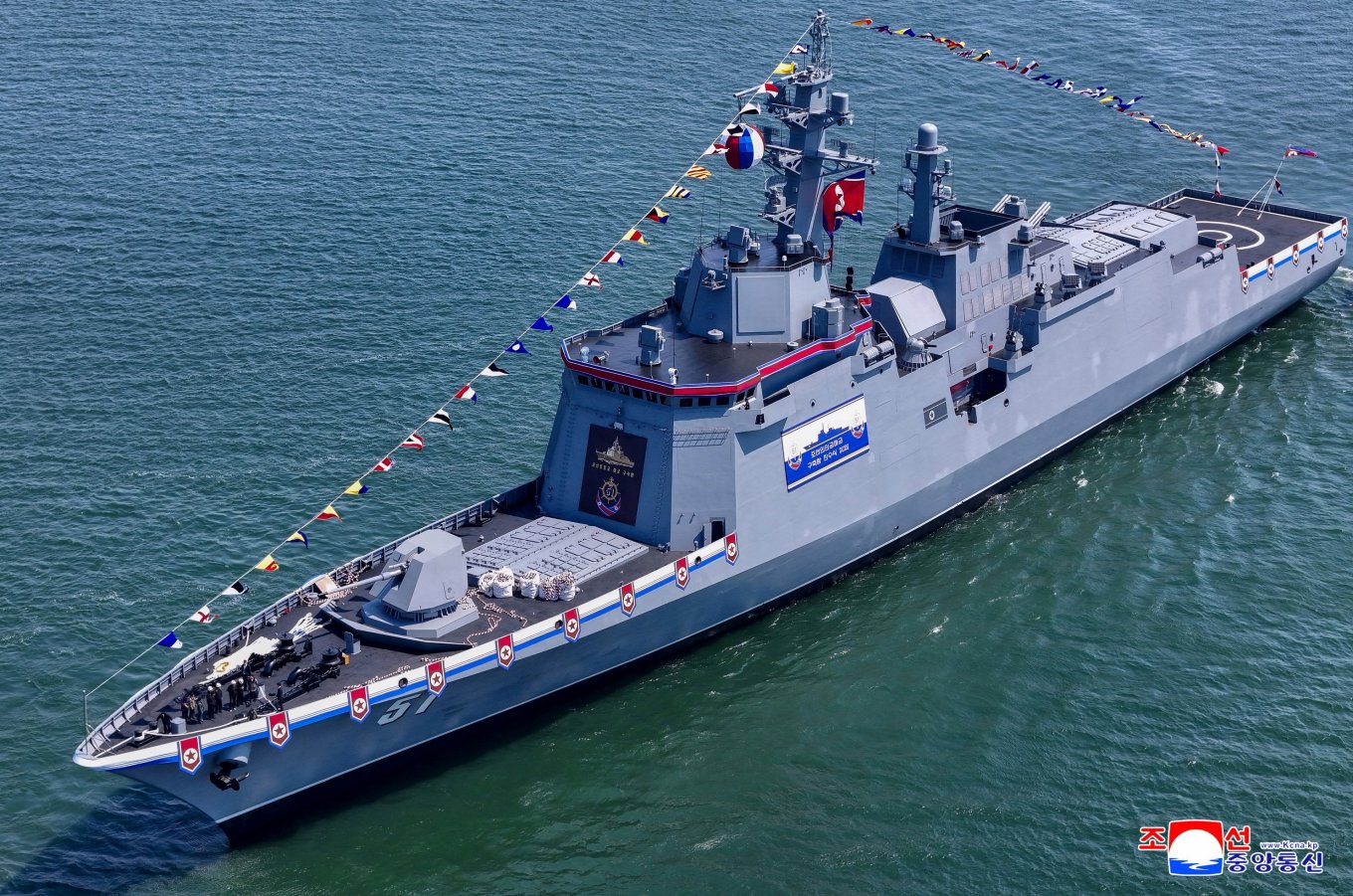
To begin with, the Chongjin shipyard where the incident occurred has never before constructed a vessel of destroyer class. It has only produced combat boats and small to medium-sized cargo ships. On top of that, there's a critical structural issue at this shipyard in particular that played a central role in the mishap.
It all comes down to how the ship was launched. The first Choe Hyon–class destroyer was built in the city of Nampo and launched on April 25 this year. At the Nampo shipyard, vessels are launched longitudinally, stern first, which is a widely used and relatively stable method.
In contrast, the Chongjin shipyard employs the so-called side launch, where the vessel is effectively dropped sideways into the water. This method is more commonly used for small to medium ships and at inland or riverine shipyards. It involves placing the ship on sleds that slide along guided tracks, and, if done correctly, should look like this:
But in this case, things didn’t go as planned. While the sleds beneath the stern slid as intended, those under the bow failed to do so. The result is this:
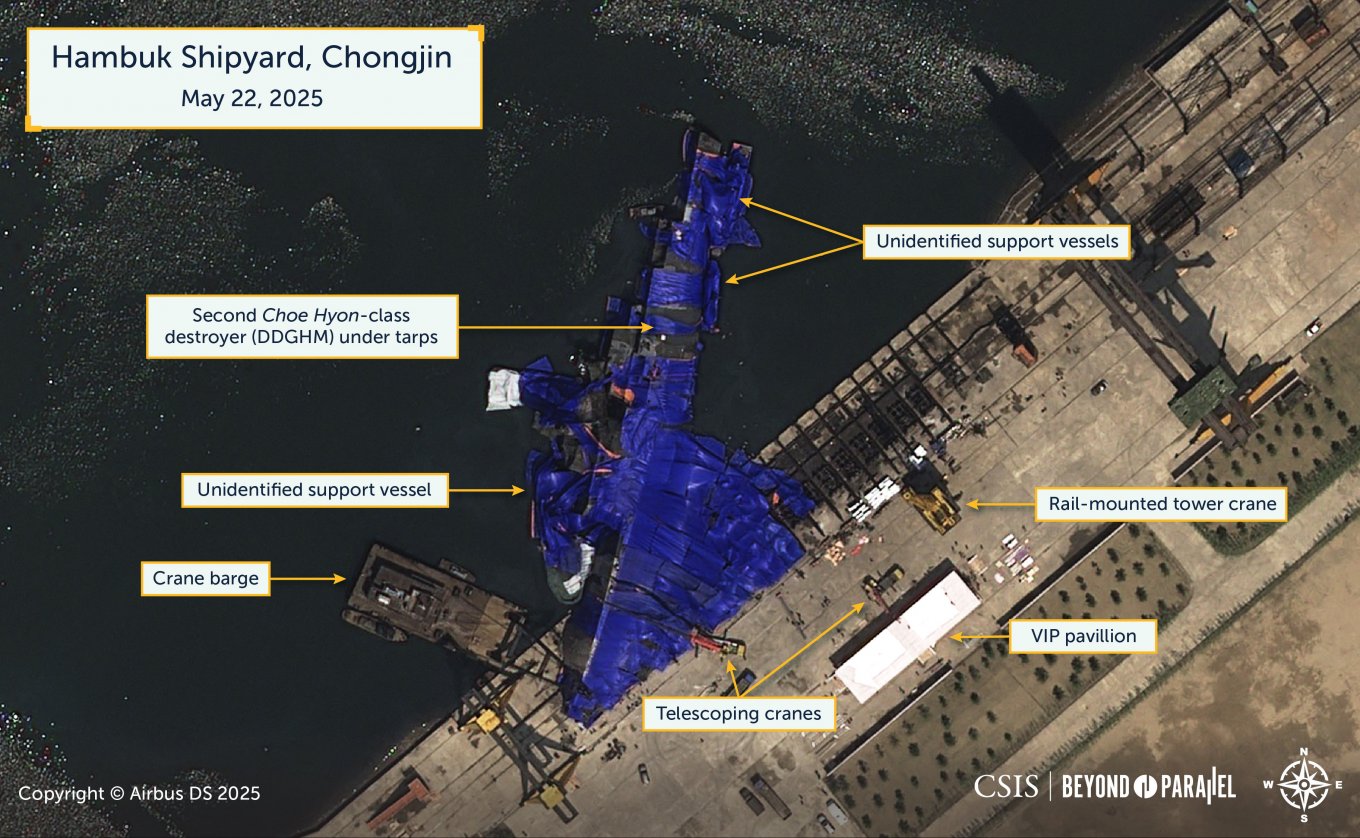
In addition, Defense Express points out that beyond this technical failure, the core problem lies in the strategic decision to build these missile destroyers at two separate shipyards — one of which was ill-suited for such a task.
Moreover, construction was started without building a new inclined slipway to allow for stern-first, longitudinal descent, which would have required additional time and resources. And although Pyongyang later blamed the fiasco on "unscientific empiricism," the real issue was sheer voluntarism, i.e. a determination to achieve the goal while ignoring the possible outcomes and circumstances.
As of May 26, satellite imagery shows the ship remains in the same capsized position. Compounding the issue, the DPRK lacks the necessary equipment to right the destroyer.
According to the German outlet, standard practice would be to use specialized lift bags — equipment North Korea apparently does not possess. Instead, they are reportedly attempting to recover the vessel using "a large number of balloons suspended in the air."
Read more: North Korea Outpaces russia, Builds Second Choe Hyon-Class Destroyer a Month After Launching First



